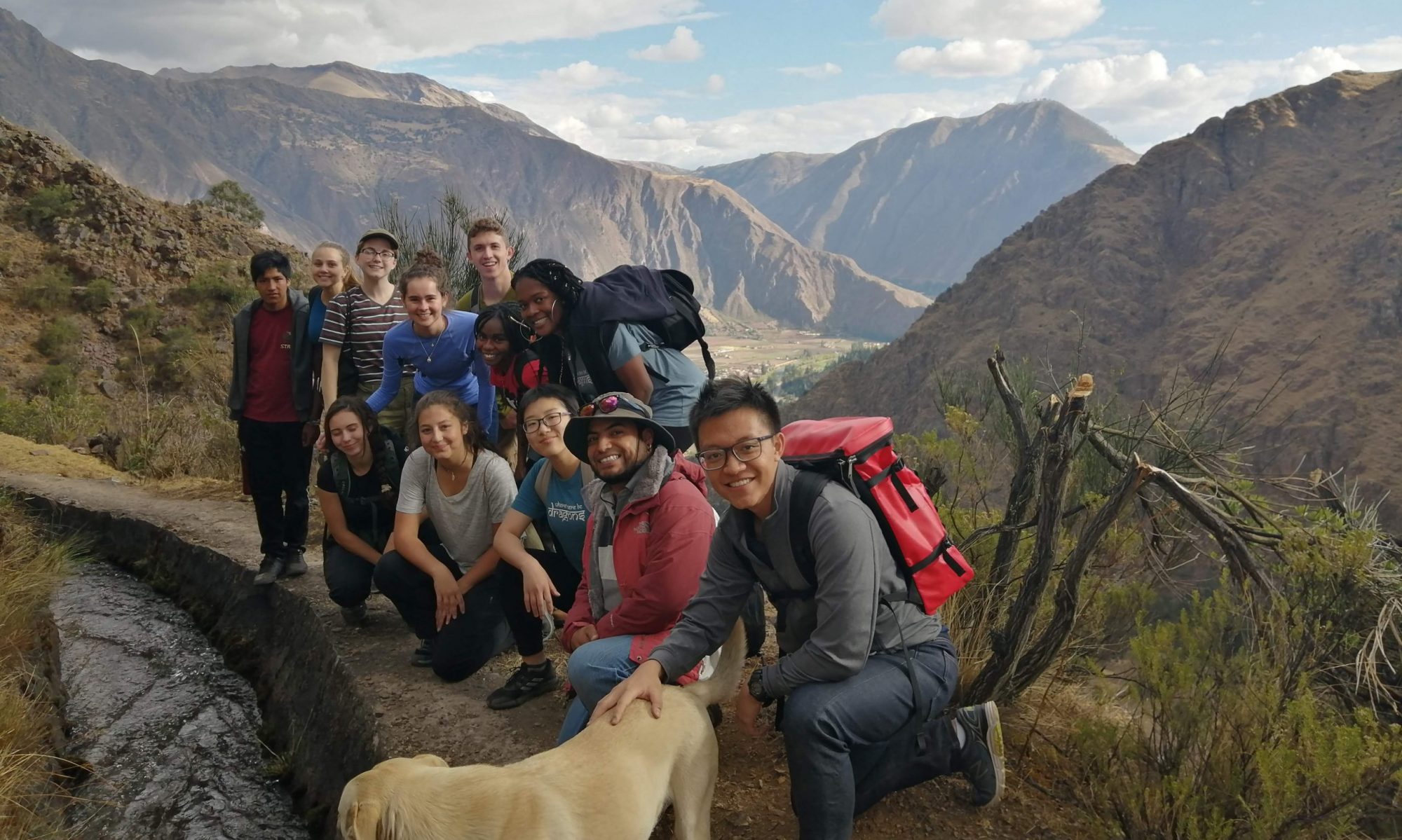by Dominique, Tufts 1+4 Participant
Here I was, splitting a banana tree with a machete in the countryside of São Paulo. The pieces of banana tree, filled with water, were being strategically positioned in the dirt to aid the other crops for the rainless days. The other crops– chinese and lamb lettuce—would use the banana tree as a sort of back-up juice box. These were the kinds of small scale agriculture techniques that farmers in São Luiz do Paraitinga were using. This family grew all of their food right outside of their house. Their garden looked disorganized, with many different kinds of plants growing together in close proximity. The different kinds of crops and fruits were growing together symbiotically to protect one another from insects and other parasites. This technique may appear quite confusing to a city girl, but it was actually a very meticulous process that helped them avoid the use of insecticides —or any other chemicals for that matter. They took a lot of pride in their work.
Today, 66 million people in Brazil are food insecure. Food insecurity, a noun, is understood as the state of being without reliable access to a sufficient quantity of affordable, nutritious food. Though food availability is sufficient for the entire population, widespread poverty has made it extremely difficult for people to purchase food. Therefore, the problem is not that of availability but rather, in-affordability which leaves several communities nutrition insecure. This problem is a difficult one to tackle. The Brazilian government has already implemented policies in attempt to aid this continuing problem.





